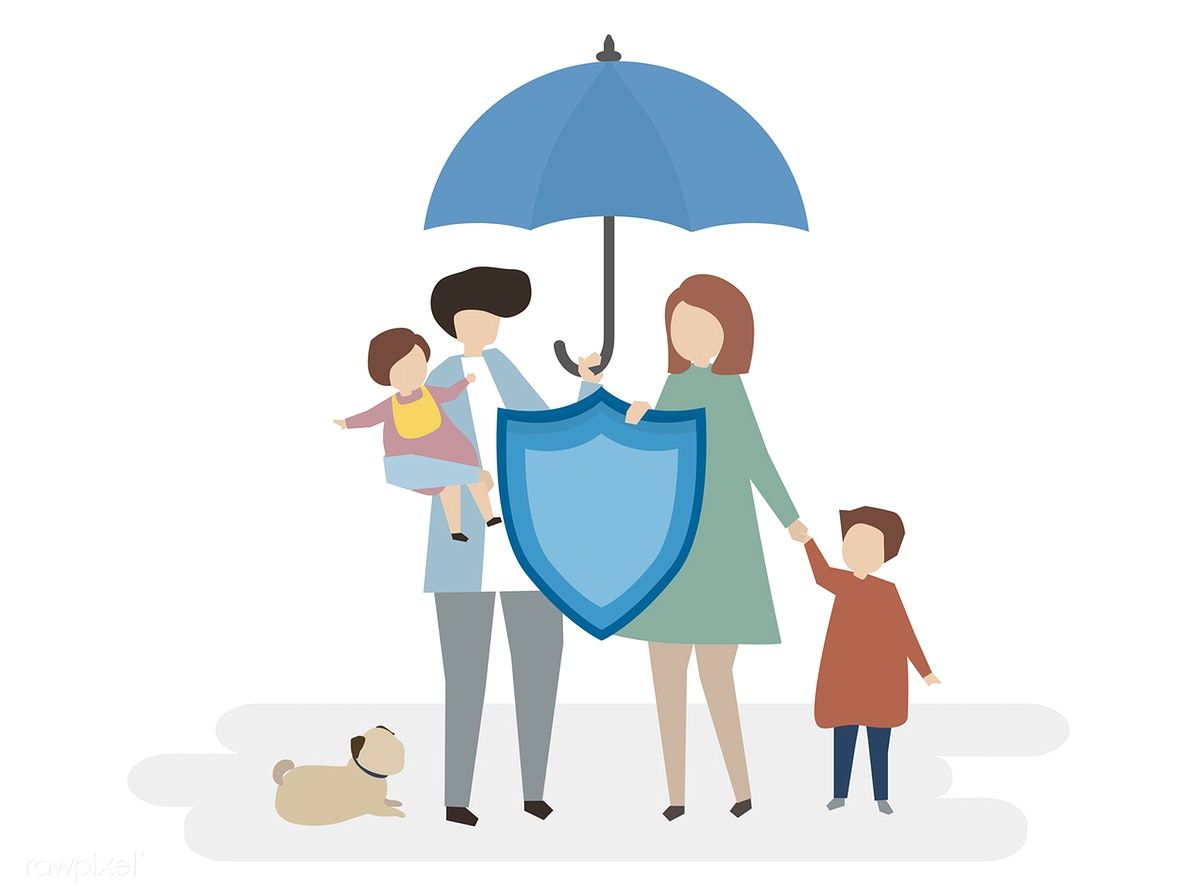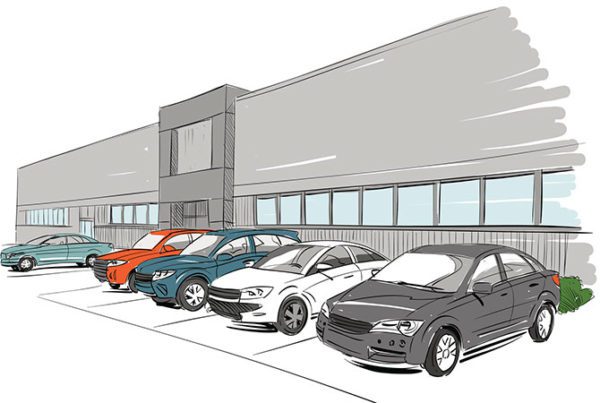
Term vs Permanent Life Insurance
There are two primary categories of life insurance: term and permanent. One has a set timeframe and is more affordable, while the other lasts your entire life. Understanding the differences of these different life insurance policies can help you determine which is right for you.
The Breakdown
Term life: Financial protection for those relying on your income until your children are grown or until you retire. You can choose the term length of your coverage from five to 30 years. Once that term has ended, your coverage expires—unless you renew it prior to that date.
Final expense: If you simply need protection to cover the costs of burial expenses.
Permanent life: If you want a policy that lasts your entire lifetime—or offers the option to withdraw funds (if needed) from your policy while you’re alive. This may also be the best option for you if you want to leave an inheritance, as coverage lasts your entire lifetime.
Continue reading for more information on each policy type or reach out to one of experienced agents.
Term Life Insurance
- Generally more affordable than permanent life insurance options
- Provides coverage for a set number of years
- Pays out as long as your policy hasn’t expired and you’ve paid the premiums
- Lock in your rate for the entire term period, which makes budgeting and planning easier
Term policies generally costs less than permanent policies because they’re only in place for a limited time. At the end of the term period, and based on the product options available, you may be able to renew your policy at an adjusted rate. However, you can typically only renew a term life policy on a year-to-year basis — not for another term period. Your new rate will be based on your age and health at the time of renewal, and you may or may not need a medical exam to obtain coverage.
Permanent Life Insurance
All permanent life insurance policy types provide coverage for your entire lifetime as long as the premiums are continually paid and all policy types build cash value as well. There are multiple types of permanent life insurance, including whole life, universal life, and variable life insurance. There’s also a specific type of whole life insurance called final expense or burial insurance that’s meant to cover end-of-life expenses.
Whole Life
Provides coverage for your entire lifetime, paying your benefit no matter when you pass away. Whole life insurance also includes a savings component that a portion of your premium will pay into. The savings component has a fixed interest rate that builds cash value over time, which is part of the reason whole life policies typically cost more than term life policies with similar coverage.
You can choose to withdraw a portion of funds as a loan, based on your policy’s cash value. There’s typically no credit check required and a minimal loan approval process since you’re essentially borrowing money from yourself. You can pay back the loan with interest, or if you pass away before returning the funds, the remaining loan amount and interest will be withdrawn from the payout to your beneficiaries.
Universal Life
Universal life is sometimes called adjustable life insurance because it offers more flexibility than a whole life policy. For example, universal life policies allow you to increase or decrease your death benefit and even adjust or skip your monthly premium (within certain limits).
As with whole life, a universal policy has a cash value component that grows and allows for borrowing. However, a universal policy’s cash value works differently than a whole policy’s in two key ways:
-
- The interest rate for a universal policy’s cash value is not fixed. You will have a guaranteed minimum interest rate, but in general, the rate at which your cash value builds can change over time based on market conditions.
- Your universal policy’s cash value can eventually grow and result in a zero-cost policy, in which all premiums are paid from the cash value you’ve built.
Variable Life
Variable life insurance is a riskier type of permanent life insurance. The greater range of investment options offered by a variable life policy means it could, in the long run, provide a greater benefit to your beneficiaries when you pass away — especially if you’re a savvy investor. But it also opens you up to much higher risk, fees, and costs than whole or universal policies.
A common variable life insurance policy design is built on two pieces:
-
- A face value death benefit:When you purchase a variable life policy, you’ll select a fixed death benefit to be paid out upon your passing as long as you pay your premiums.
- A variable cash value:Your cash value will rise and fall based on the payments you make and the performance of investments you select. Unlike with whole and universal, your variable cash value can be part of your death benefit.
Final Expense
Also known as funeral or burial insurance, final expense insurance is a type of whole life insurance that offers a smaller and more affordable death benefit designed to help handle funeral costs, medical bills, or outstanding credit card debt. While other types of life insurance may have age and health requirements, final expense policies can be easier for older or less-healthy individuals to qualify for. A final expense policy’s cash value would operate the same as a whole life policy’s.
We can’t predict when the unexpected will happen, but we can help you prepare for it when it does. Contact one of our experienced insurance agents today to discuss your life insurance policy options.






